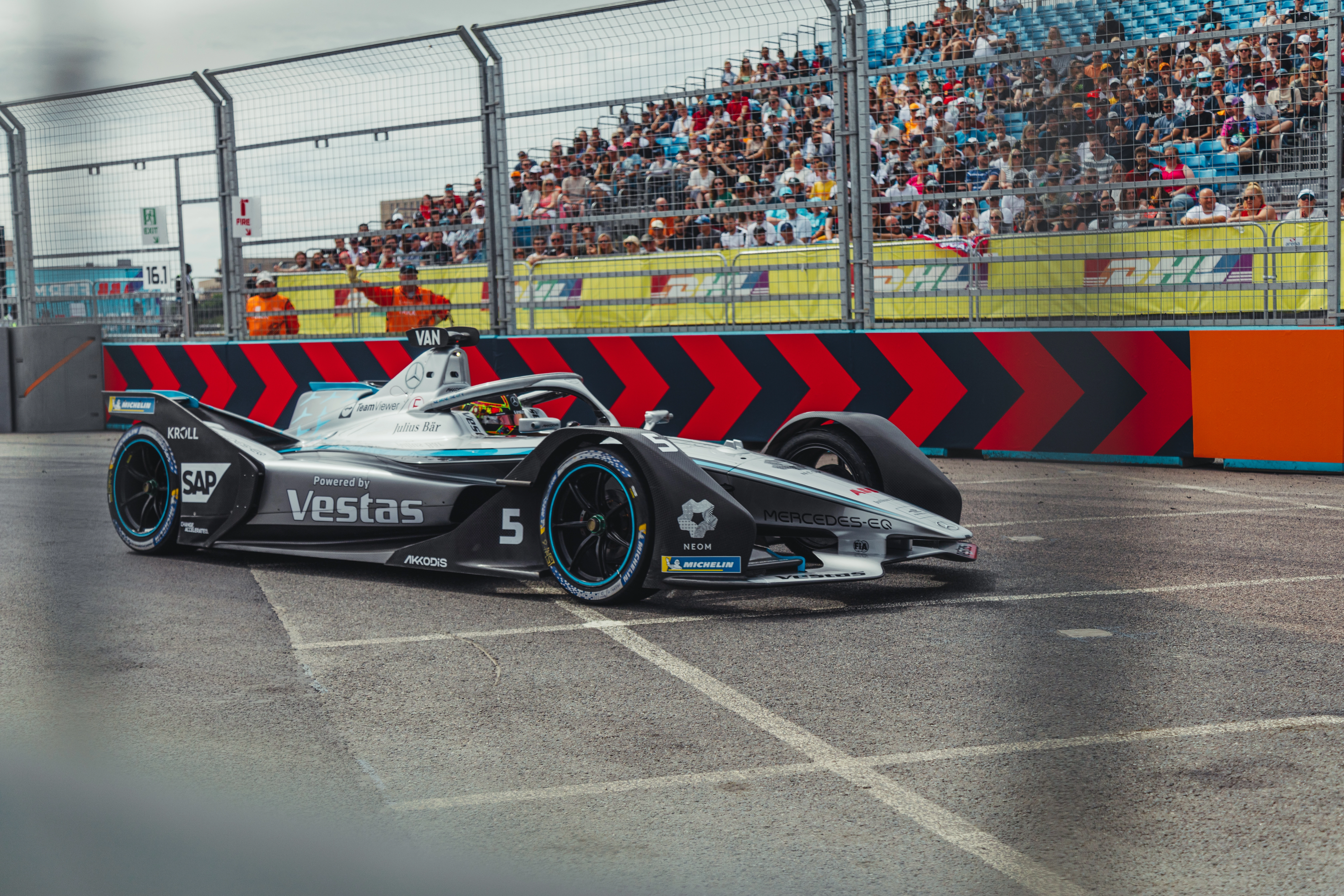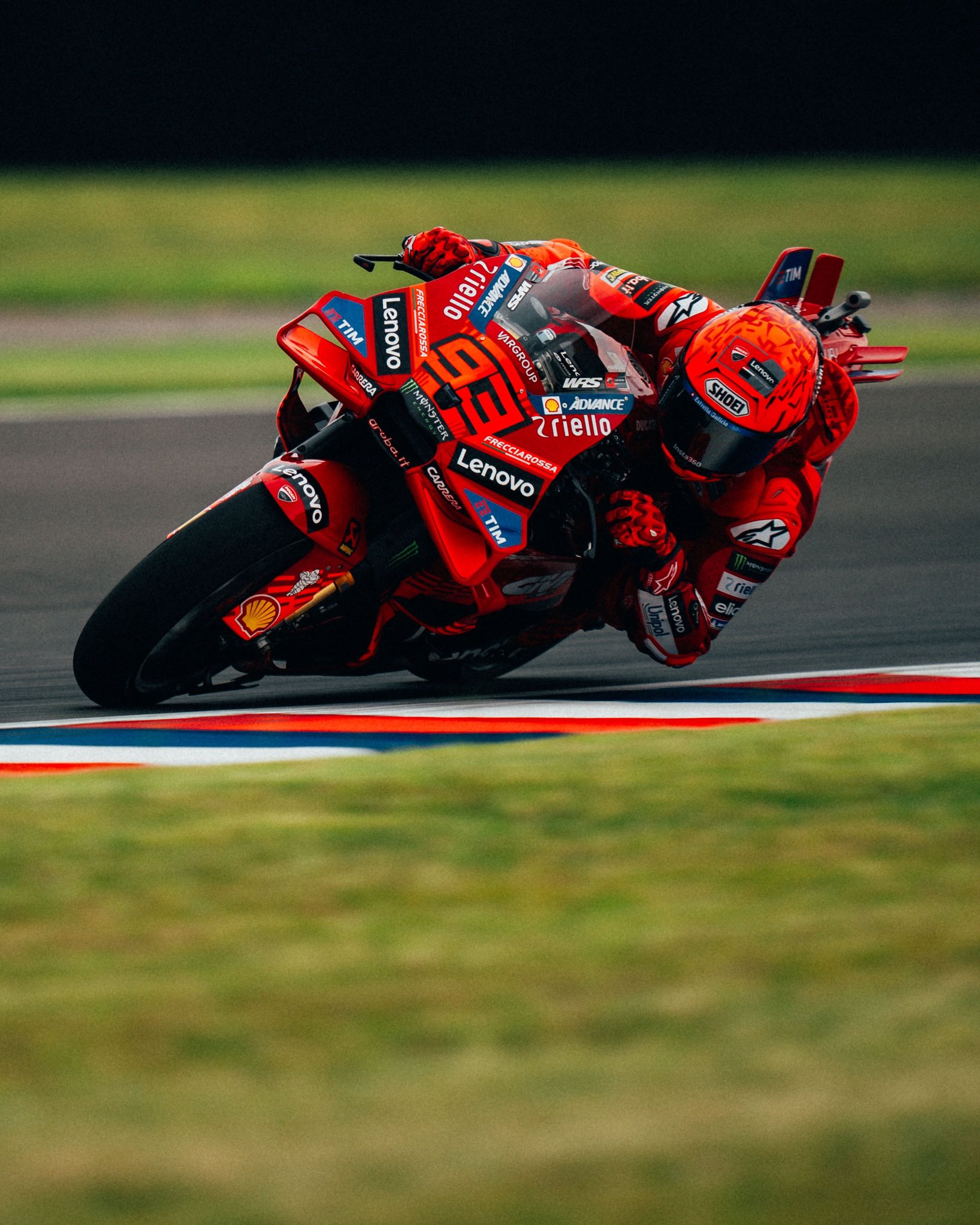A Lowdown on Some Unique Terms Used in Formula 1: Part 1
- Vyas Ponnuri

- Aug 31, 2022
- 5 min read
Updated: Jul 9
Written by Vyas Ponnuri, Edited by Simran Kanthi

Just as in every sport, motorsport also has certain unique terms describing the various events taking place in itself. While some of these terms are exclusive to Formula 1, or its feeder series, Formula 2 and Formula 3, the others are common throughout motorsport. All these terms have a long history behind their coming into the sport.
In this two-part article, let us take a look at some of those terms which are unique to F1, or ones used in F1, and are now used across motorsport. Part one will focus on some of the broader terms used in the sport.
Formula 1
Let us start by looking at why the sport is called "Formula 1". Formula, in this case, refers to the set of rules to which all cars taking part in the sport must conform.
In 1946, when the concept of a racing series was voted for at the Commission Sportive Internationale (CSI), the idea was to use the word "Formula" as it was apt to summarise a racing division. The sport might have even been given the name "Formula Internationale" or "Formula A". In the end, it was decided that Formula 1 would be a more fitting title and immediately be recognisable for what it was, as one of the premier forms of motorsport in the world. It would also highlight the premium nature of the sport.
And this is the case even today. When one thinks of any form of racing, F1 is one name that pops up in people's heads instantly. This is due to the sport being recognised as one of the premier forms of racing in the world, the pinnacle of motorsport.
Grand Prix
"Grand Prix" is a French term that means "Great Prize". It is a very commonly used term across F1 nowadays to denote the official name for a race weekend. While it is used exclusively in F1, some races in IndyCar too carry the name of "Grands Prix".
Although one might wonder if the term "Grand Prix" was first used in F1, it had been coined much before the first F1 season in 1950. The term "Grand Prix" was first used in 1863 to refer to the Grand Prix de Paris, a horse racing event held at Longchamps for the best home-bred three-year-olds to compete against other international opponents over a course of 3000m. The inaugural running of the event was won by a British Colt called The Ranger, and the event was met with phenomenal reception by the public. While the term was first used in horse racing, one might wonder how the term made its way into motor racing.
It was the French that brought the term "Grand Prix" to motor racing as well. Motor racing was started in France, thanks to the enthusiasm of the French public to embrace the motor car. It was also a way for car manufacturers to showcase the potential of their cars. The first motor race to take place was the Paris-Rouen Rally, a 126 km (78 mi) race, starting from Porte Maillot in Paris and ending at Rouen, passing through the Bois de Boulogne. It would be only in 1906 when the first race carrying the term "Grand Prix" was held. The Automobile Club of France (ACF) was founded by the Count of Dion in 1895 and 11 years later, he decided to host a race around the 105 km (65 mi) public roads of Le Mans. The event was named the Grand Prix of France. 32 cars from 12 different manufacturers took part in this historic event, and the winner was Ferenc Szisz, a Hungarian driver who drove a Renault in the race. He would subsequently receive 45,000 Francs for his epic achievement, equivalent to 13 kilograms of gold at the time. It was like something of a great prize for winning the race. Races held in the country would carry the name "Grand Prix", however, none of them offered the same prize that had been offered in the inaugural race. The popularity of this term was such that it had been adopted in Formula 1 over four decades later, in 1950. Since then, this term has been ubiquitous to race weekends on the F1 calendar.

Pole Position
Another term used frequently in the sport, pole position, refers to the driver starting the race from the best possible position on the grid. It is another term that originated from horse racing. The fastest qualifying horse would be starting the race from the inside part of the course, right next to the pole situated on the inside fence.
Motorsport adopted this term for the fastest-qualifying driver on the grid, even though there was a lack of poles at the front of the grid. The driver who qualifies in pole position for the race is called the "pole-sitter".
In the Indianapolis 500, qualifying takes place on the Friday of the race weekend. Pole position is determined by cars setting four consecutive fast laps, and the driver with the quickest elapsed time is the one to be starting from pole position.

Drag Reduction System (DRS)
DRS was introduced into the sport in 2011 to provide closer racing between cars. The system consists of a flap in the rear wing, which opens when a pursuing car is less than one second behind the car in front at a DRS zone on the track.
This system works such that when the flap in the rear wing opens, it allows more airflow through the rear wing. Subsequently, this reduces the drag the car behind experiences, allowing the driver to drive at a higher speed and have a greater slipstream effect while closing up to the car in front. He can then pull out alongside his rival and execute an overtake into the braking zone.
DRS is currently used in F1 and its feeder series, Formula 2 and Formula 3, and has improved the racing in the sport by a long way. It will continue to do so as the sport moves on towards the future.
Parc Fermé
Parc Fermé is a French term that means "Closed Park". It is a secured place in the paddock where the cars are parked on an F1 weekend and are inspected by scrutineers for their legality and safety. Teams are not allowed to make changes to the cars without permission from the stewards to do so.
Parc fermé conditions apply from the time the cars exit the pit lane for qualifying until the start of the formation lap for the main race. The cars are essentially in a "Closed Park" and can't be touched or have major set-up changes. However, in the event of wet weather or severe damage to a car, the race director can grant permission to make changes to the set-ups of the car under parc fermé conditions.
Only some minor changes can be made under parc fermé conditions, such as minor front wing changes, adjusting tyre pressures, tyre changes, and refuelling the cars. In the event of major changes made to the car's set-up from qualifying to race day, despite having taken part in a regular qualifying session, the driver is mandated to start from the pit lane.
Parc fermé is used in MotoGP as well under the same format.
Part one of this series delves into the broader terms used in the sport. The next part will see some of the terms used during a race weekend in the sport.











Comments